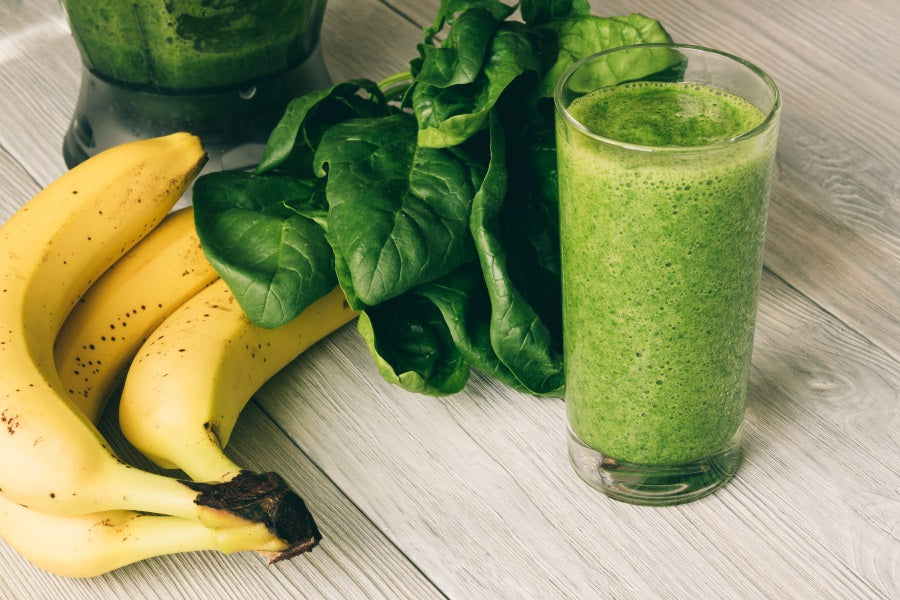
Reintroducing Foods after the 21-Day Bone Broth Diet
Are you at the end of your Bone Broth Diet—and have you reached your goal weight? If so, you can start reintroducing your favorite foods on my 80/20 Plan. As I like to say, it’s time to sprinkle a little fairy dust. However… before you do this, I want you to think carefully about what happened during your diet.
If you’re like many of my patients, there’s a good chance that you noticed major improvements in your health toward the end of your diet. For instance, symptoms like these may have lessened or even disappeared:
- Skin problems—acne, eczema, psoriasis, rosacea, dryness
- Gastrointestinal problems—bloating, constipation, diarrhea, gas
- Aches and pains—headaches, joint pain
- Psychological symptoms—depression, anxiety, “brain fog”
- Other issues—fatigue, poor sleep, lack of energy, lack of sexual desire
If this is the case, I’m betting that you don’t want those symptoms to return! That’s why I recommend that you put on your detective hat and discover which foods caused your problems. Here’s how to do it.
Keep a journal As you begin to reintroduce foods after your diet, I recommend keeping a daily food journal. Write down which food you’ve reintroduced, and notice your reaction (if any) immediately after eating it, within two or three hours of eating it, and within several days of eating it. Be aware that you might be able to tolerate some foods in small doses but not larger ones. If a food passes your first test, try “challenging” your body later on with a larger amount of it. You may also discover that certain foods are okay occasionally, but not on a daily basis—or that you can tolerate some foods when they’re cooked but not when they’re raw.
Reintroduce foods carefully Here are the steps to follow when you add foods back into your diet:
- Reintroduce only one food at a time. Eat enough of it that you’ll be able to tell if you have a bad reaction to it, but don’t overdo it.
- If you experience any symptoms within 24 to 36 hours after reintroducing a food, put it back on the “no” list. (You can re-test that food later to see if your reaction was just a coincidence.)
- Wait five days before introducing another food. This will make it much easier to determine how your body reacts to each food.
- If you do fine with a food you’re testing, try a larger amount. If you tolerated it raw, try it cooked—or vice versa.
- More than 80% of my patients have a bad reaction to foods containing gluten. Of all the foods you eliminated on the Bone Broth Diet, this is the one that’s most likely to cause trouble when you reintroduce it. So be very wary if you add gluten-containing foods back into your diet! To keep these foods in mind, remember the acronym BROWS. It stands for barley, rye, oats (which are okay only if they’re specifically labeled as “gluten-free”), wheat, and spelt.
- Dairy is a big cause of digestive problems, and many of my patients discover that eating milk or cheese leads to headaches, skin breakouts, or sinus problems.
I know this detective work will take a little time, but it can pay off in a lifetime of better health. I have patients who suffered for years with debilitating health problems, only to discover that cutting out a few foods made their problems vanish forever. So put on your Sherlock Holmes hat, and follow your own clues to become a healthier you!
Keep thinking Big and living BOLD!








